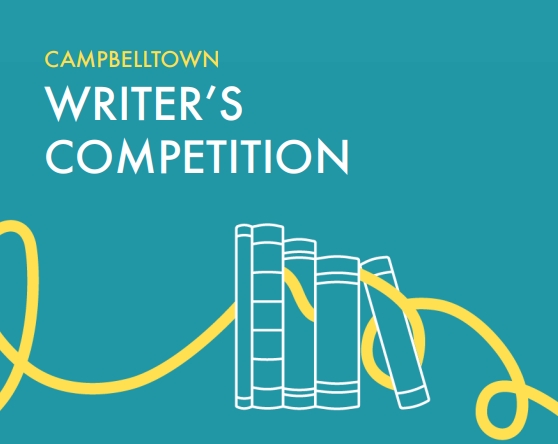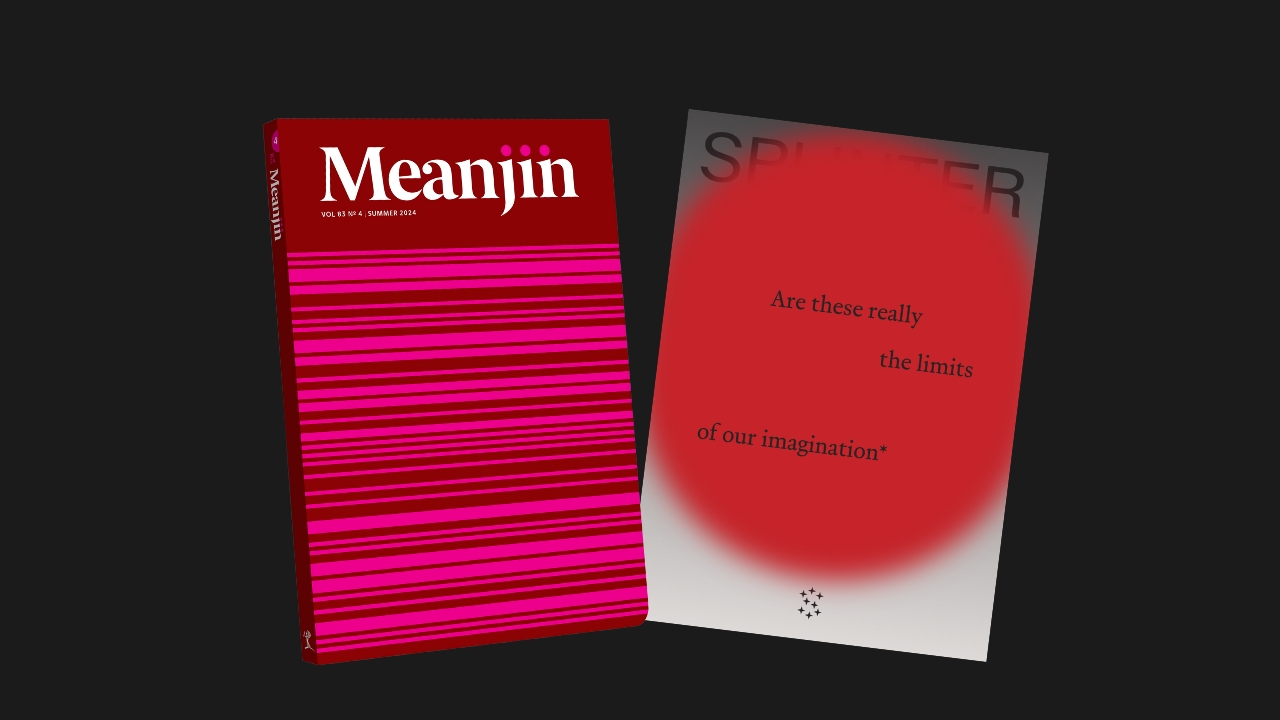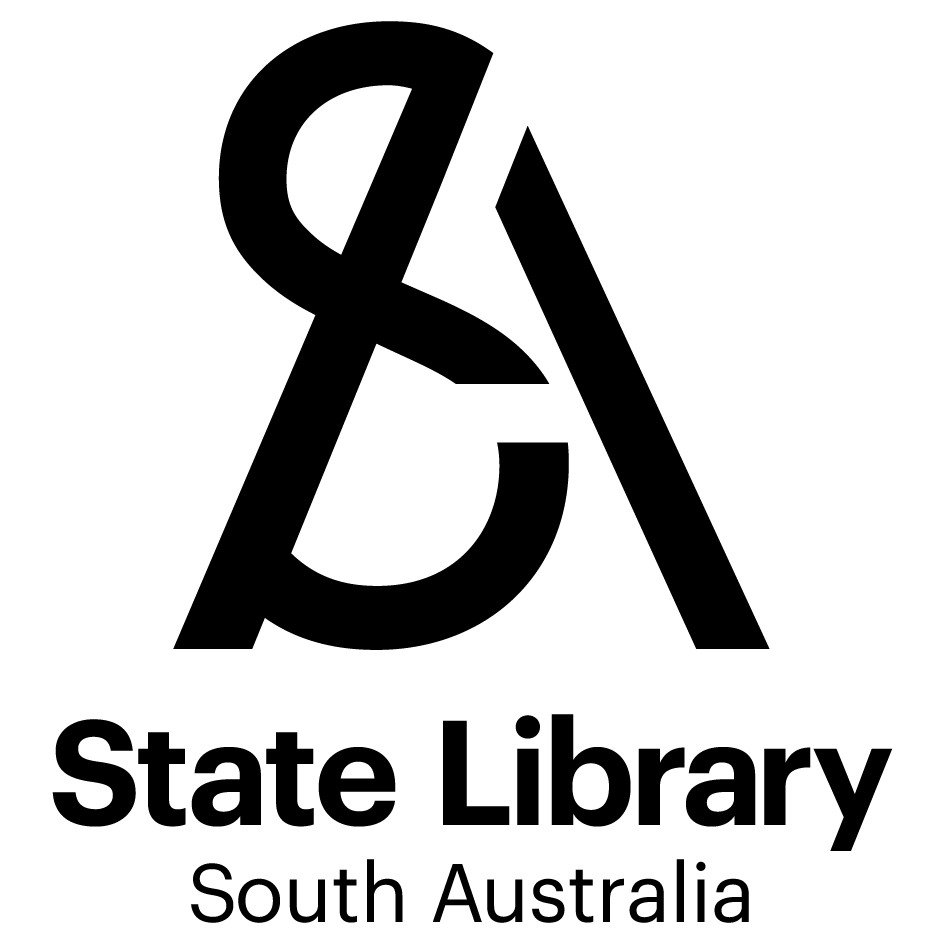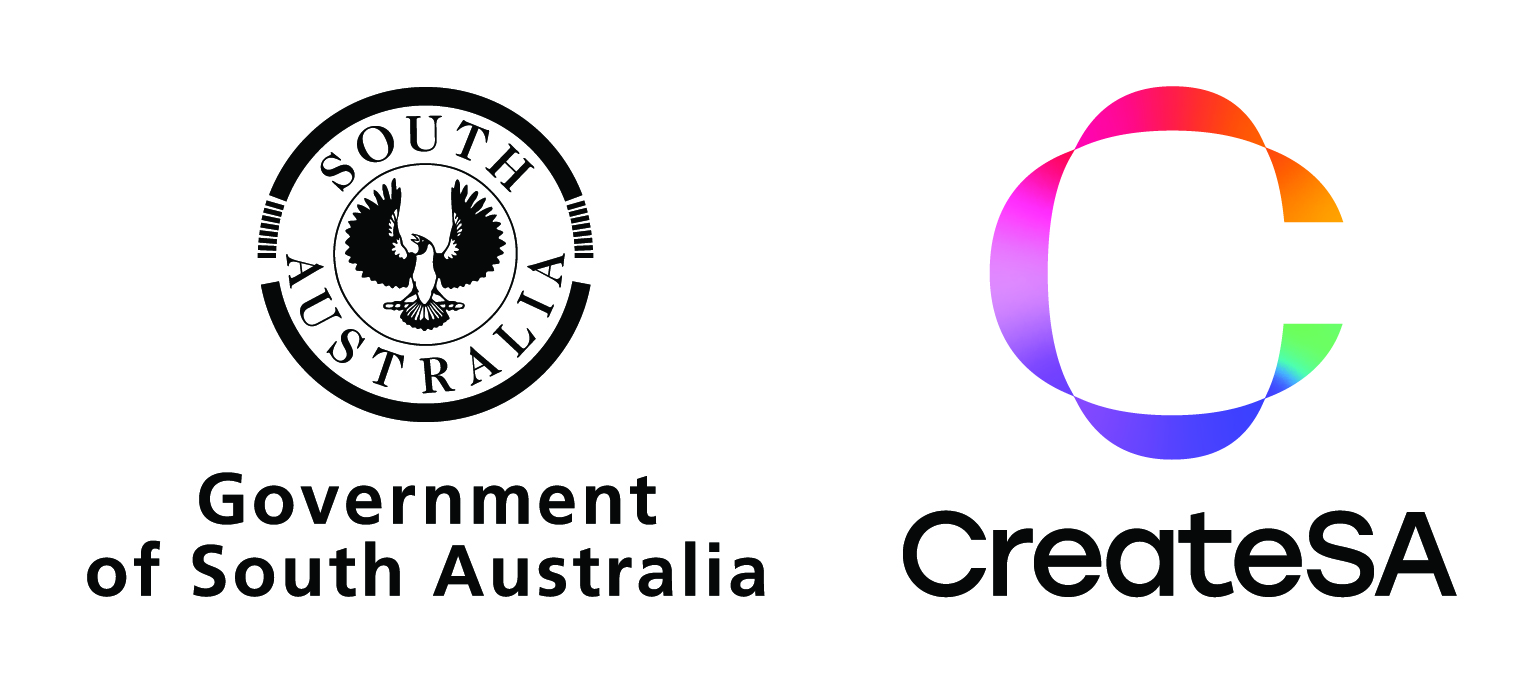Thanks to the proliferation of specialised websites and zines, short fiction has become more popular in recent years. Because of the time involved in providing feedback on each other’s work, the writing group I belong to restricts the monthly submission from each member to about 1500 words. We critique no more than 2000 words per person at our monthly meetings, and only stretch to that length if we know fewer people than usual will be attending a particular meeting. We find 1500 words to be a good length for both basic copy-editing and structural editing. We’re not sure, however, if some of our stories are short stories, flash fiction, microfiction or one of the other ‘metric’ fiction lengths.
We do know that the shorter it becomes, the greater the need to provide an energetic, engaging and pithy story. Readers who gravitate to short fiction sites are looking for condensed ideas, fewer words and tighter writing. They seek flash fiction, microfiction, nanofiction and even picofiction.
The prefixes ‘micro’, ‘nano’ and ‘pico’ were borrowed from the metric system, so I had assumed there was similar order in this word count system. Soon after I started exploring, however, it became clear that although the names assigned to each of these categories give some indication of the required length, there isn’t a standard definition for any of the forms.
If you’ve written a very short story and are looking for a publisher, you’ll have to search for someone who wants that exact length. It can be quite confusing, especially if you like to have things precisely quantified. If that’s what you’re looking for, picofiction could be your niche because the length is clearly prescribed, whereas the boundaries between the other forms are quite fuzzy.
My first source said microfiction is under 300 words; the next said under 50. They both agreed it was more implication than explication, more emptiness than extended narrative and texture, and one referred to it as ‘Zen, poetry and prose’. This paragraph is 50 words. Pretty short for a story.
‘Nano’ is smaller than ‘micro’ so the metric system prefix implies nanofiction would have to be under 300 words, and possibly quite a long way under 50 words for some publishers. Sadly, it isn’t that easy. Some nanofiction sites want about 40 words but others want precisely 55 words, which strays into microfiction territory.
If you like to visualise things in a more symbolic, mathematical way, so far we have very small microfiction <50 words, not so small microfiction <300 words, and nanofiction possibly <50 or maybe exactly 55 words. Happily, the next category is precise – tightly prescribed, in fact. Including spaces and symbols you have only 140 characters to play with in this form. I admire those who can create engaging picofiction; as you can see by the next two sentences, it’s hard enough to fit pertinent facts into so few characters.
Picofiction is a story 140 characters long. Some people refer to it as ‘tweetfiction’, but other people would see it as plain ‘nanofiction’.
As I mentioned at the beginning, members of the writing group I belong to generally play at the other end of the short fiction scale, and we write stories ranging between 300 and 2000 words. We usually think of 300 words as flash fiction, whereas a 2000 word tale is considered to be a short story. At these lengths the writer can use more of the classic story elements than is possible in the ‘metric fiction’ lengths. It allows scope to establish settings, provide descriptions and develop characters, and there may be time to engage the reader by evoking sensory responses. There is also more opportunity in a longer story to develop conflict, present obstacles and deliver a satisfying resolution, but the reader still has to fill in the gaps. Because different readers bring different experiences to each story, they engage with the text in different ways and the range of interpretations can be surprising. A common practice in both flash fiction and short stories is to reveal the theme in a twist at the end.
I hope you want to try your hand at creating a story to fit the requirements of the shorter forms, because they are challenging, exciting and fun to read. If you’re a member of the SA Writers Centre and you have had a story published email [email protected] so it can be listed on the ‘Member Achievements’ on the website.
PS As far as I know femtofiction has not yet been attempted. I guess it would have to be pixel size.
Jennie Cumming is president of Marion Writers Inc., and as a volunteer at the SA Writers Centre produces their fortnightly e-bulletins and assists in the production of Southern Write.







